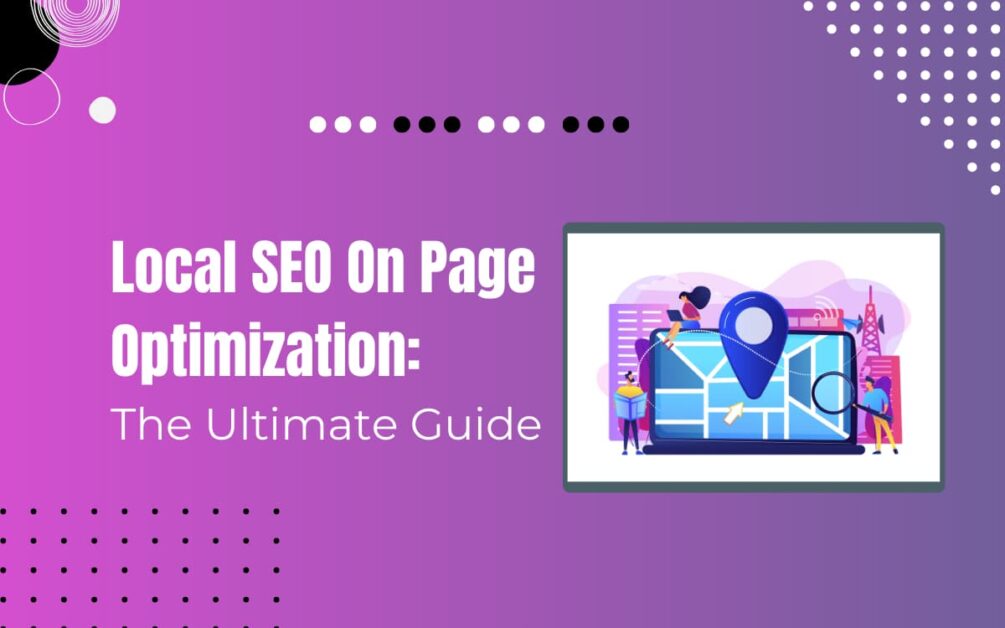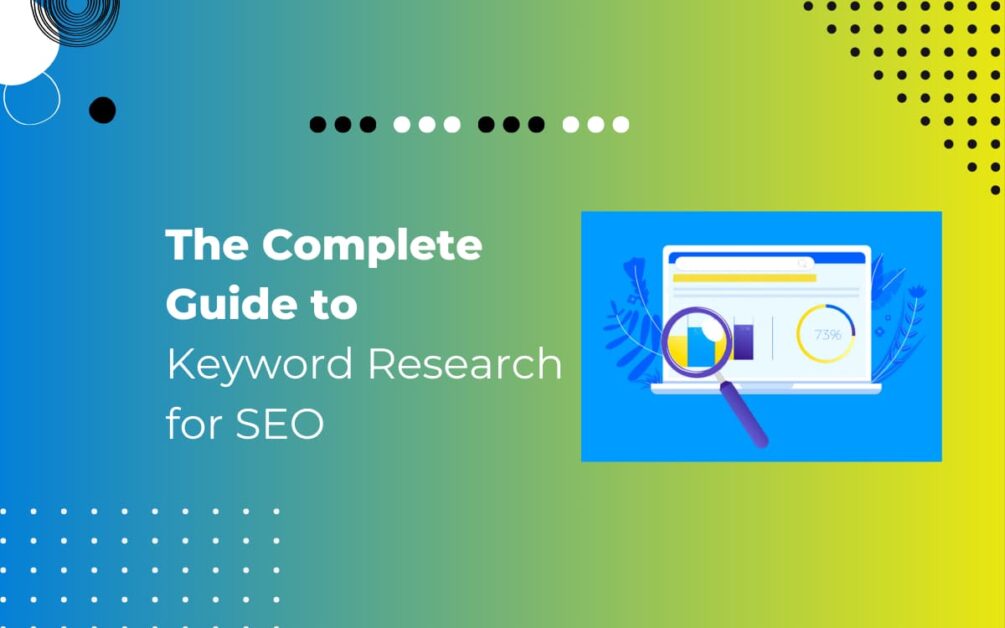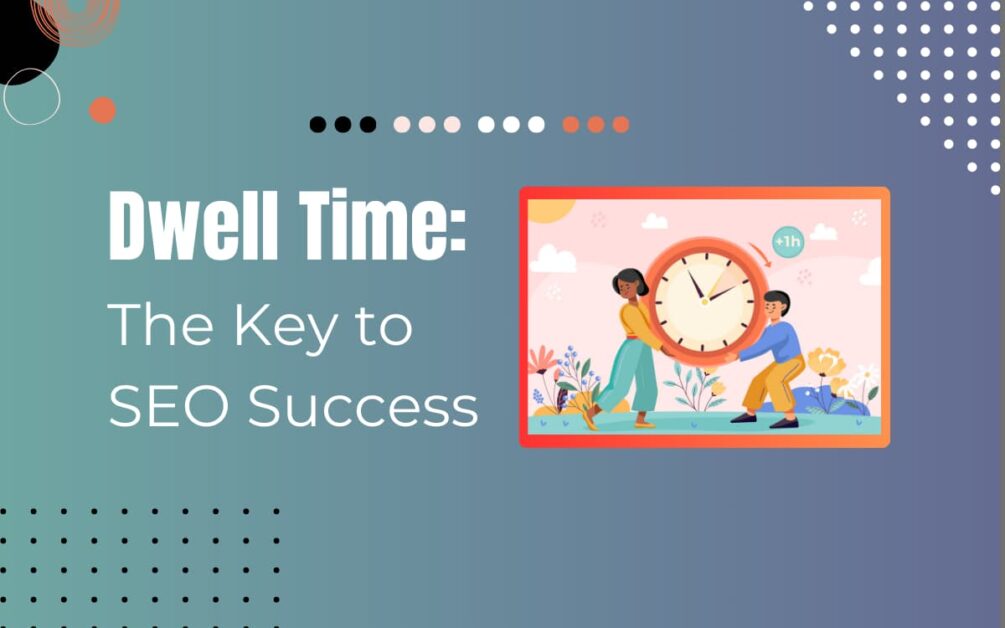Reading Time: 4 mins 50 sec
In this article, we will discuss 7 web development SEO best practices.
In today’s fast-paced digital age, where content is abundant but time is limited, having a well-developed website alone is insufficient to stand out from the crowd.
To ensure your website gains visibility and ranks higher on search engine results pages (SERPs), it’s essential to follow these seven essential SEO best practices.
Implementing these techniques will help attract organic traffic and optimize your website for search engines.
Do let’s get started
Read This: What Is Meant By Indexing In SEO
Unveiling Your Glamorous Side
As a web developer, your primary focus is typically on building and managing your website’s structure and functionality.
However, understanding SEO and incorporating it into your skill set is crucial for several reasons:
- SEO techniques enhance your website’s ranking on SERPs, resulting in increased traffic.
- By utilizing relevant keywords and phrases, you can target your desired audience effectively.
- Implementing SEO practices improves the overall user experience, including page speed, responsiveness, and mobile compatibility.
- Unlike paid advertising, search traffic is free, making SEO efforts a cost-effective long-term strategy.
Now, let’s delve into the seven essential SEO best practices that will help you optimize your website for search engines and enhance its visibility.
7 Essential Web Development SEO Best Practices
1. Write Semantic HTML
When structuring your web pages, it’s important to consider semantic markup.
This involves using appropriate HTML elements to convey information accurately.
For example, generic elements like
<div> and <span> lack semantic value.
Instead, consider using elements such as <header>, <nav>, <main>, <article>, <section>, and <aside> depending on the context.
Additionally, pay attention to the hierarchy of headings.
Use H1 – H6 elements appropriately to represent your document’s hierarchy.
This enables search engines to better understand the organization and importance of your content.
Semantic HTML not only enhances accessibility but also improves your website’s ranking.
Read This: How To Do Keyword Research Step-By-Step
2. Optimize Title Tags
The title element plays the most important role in informing search engines about your website’s content.
It significantly impacts how your pages rank in search results.
Consider the following tips when optimizing title tags:
- Include primary keywords relevant to your website’s content.
- Avoid keyword stuffing and focus on a single keyword placed closer to the beginning of the title for better impact.
- Pay attention to the length of your title. Most search engines display only the first 50-60 characters or the first 600 pixels. Ensure your title is concise and captivating within these limits.
- Incorporate your brand name into the title.
- Be creative and use unique words to make your title stand out.
- Optimizing title tags with relevant keywords, appropriate length, and creative wording significantly contributes to your website’s SEO.
3. Include Meta Descriptions
Meta descriptions provide concise summaries of webpage content, enticing users to click on your website.
They play a crucial role in search engine result pages (SERPs).
Consider the following guidelines for writing effective meta descriptions:
- Aim for a length of fewer than 150 characters to ensure it fits within the character limits of most search engines.
- Use relevant keywords in the first few phrases and craft a compelling hook to attract users’ attention.
- Keep the description concise, unique, and include a clear call to action.
- While meta descriptions don’t directly impact search engine rankings, they influence users’ decisions to visit your website from search results.
4. Optimize URLs
Well-structured and descriptive URLs benefit both visitors and search engines.
Poorly constructed URLs can negatively impact your website’s ranking.
Follow these guidelines to optimize your URLs:
- Avoid lengthy and unnecessary parameters, such as session IDs.
- Use hyphens to separate words in the URL rather than underscores or camel case.
- Use lowercase letters.
- Ensure your URLs accurately reflect the content and are precise.
- Clear and descriptive URLs without unnecessary parameters contribute to maintaining a good website ranking.
Read This: How To Target Keywords With Blog Posts & Get Maximum Traffic!
5. Ensure Mobile Friendliness
Given that mobile phones are the primary devices for accessing websites, optimizing your website for mobile devices is crucial for SEO.
Search engines now give mobile-friendly websites a higher ranking in their results.
Consider the following methods to improve mobile-friendliness:
- Create responsive designs that change to fit different screen sizes by using CSS media queries.
- Design separate styles for mobile phones, tablets, and desktop screens to optimize the user experience.
- Ensure your website is visually appealing, functional, and easy to navigate on mobile devices.
- By prioritizing mobile-friendliness, your website will have a competitive advantage in search engine rankings.
6. Optimize Images
Images are an integral part of websites and significantly impact user experience and SEO.
Optimize your images using the following techniques:
- Images should be compressed to reduce file size and speed up page loading.
- Utilize alt attributes (alt tags) to describe images accurately. This helps search engines understand their content and index them properly.
- Incorporate relevant keywords in alt attributes to enhance SEO.
- Remember that faster page loading speed improves user experience and SEO rankings. Compressing images is crucial for maintaining optimal website performance.
7. Improve Page Speed
Page loading speed directly affects user engagement and SEO rankings.
A slow-loading website can result in users losing interest and navigating away.
Implement the following techniques to optimize page speed:
- Optimize images by compressing them and utilizing efficient file formats.
- Minify and compress HTML, CSS, and JavaScript files to reduce their size.
- Utilize a Content Delivery Network (CDN) to distribute your website’s content globally and serve users from the nearest server.
- By reducing file sizes and optimizing loading speed, your website will provide a better user experience and achieve higher SEO rankings.
Read This: SEO Or SEM Which Is Better
Conclusion
In this article we will discuss in above, web development SEO best practices.
By embracing these seven essential SEO best practices, you can create a website that not only ranks higher on SERPs but also delivers an exceptional user experience.
Always keep in mind that SEO is a continuous process that requires regular monitoring and analysis to adjust to search engine algorithms.
Stay updated with the latest SEO trends and continuously optimize your website to maximize its potential.
If you find this article helpful please share and comment.
Read also
- Top 65 Technical SEO Interview Questions And Answers
- Does Bold Text Help SEO
- How To Create The Perfect H1 Tag For SEO
- Google Announces Five Changes Coming To Mobile Search
- Benefits Of Using Semrush
FAQ
How to use SEO in web development?
Additional components of SEO, such as content creation, are covered in the SEO Started guide.
Learn how Google perceives your website.
Inspect your links.
Analyze your JavaScript use.
Update Google whenever there are content changes.
Don’t ignore the written text on the page.
Inform Google of any additional versions of your submitted content.
What are best SEO practices?
Eight Best Practices For SEO To Boost Organic Site Traffic In 2023
Choose the right keywords. Using the right keywords is crucial for SEO.
Produce appropriate content.
Improve the page descriptions and titles.
improve the images.
Utilize internal links.
Improve URLs.
speed up webpage loading.
Create trustworthy backlinks.
What is SEO principles in web development?
A solid SEO plan should cover a number of important things, such as a strategy with set goals, a budget, and tactics; proven keyword research that considers volume, competition, and relevance; website optimization that follows SEO best practices; and the effective use of content marketing, social media, and directory listings.
What are the top 5 SEO strategies?
Do some keyword research.
Content marketing.
On-page SEO.
Building links
Outsourcing SEO
Do Web developers do SEO?
Without SEO, a website is worthless and will not grow in its niche. In web development, web optimization plays a crucial role in creating your company’s presence and pushing it to the top. Web designers must consider that the client cares about everything, including the content and presentation of the information.



